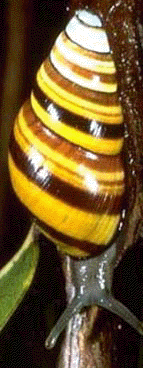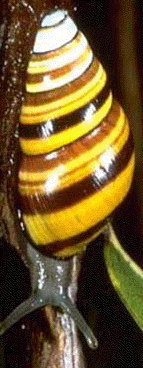|
|
|
|
|
|
M A L A C O L O G Y |
|
|
. |
|
|
|
. |
|
. |
Museums
of Natural
History |
|
|
. |
|
. |
"Grigore
Antipa" National Museum of Natural
History |
|
|
. |
|
. |
Natur
Historiska Riksmuseet |
The Mollusc Collections contain
about 280.000 dry lots and about 40.000 lots in alcohol.
Marine molluscs are well represented from the Arctic and
Antarctic, the North Atlantic ocean and southern South
America. For land and terrestrial molluscs, Scandinavia and
the Baltic countries are well covered. The dry collections
are mainly uncatalogued; those in alcohol are manually
catalogued with catalogue number- and genus-species entries
in the catalogue. Computer
cataloguing is based
on an "adapted" Filemaker Pro 4.0 commercial application of
Claris Corporation (USA). The Molluscan
Research has a long
and illustrious history within this museum. |
|
. |
|
. |
Natural
History Museum |
|
|
. |
|
. |
The Academy of Natural Sciences Philadelphia, PA, |
|
|
. |

